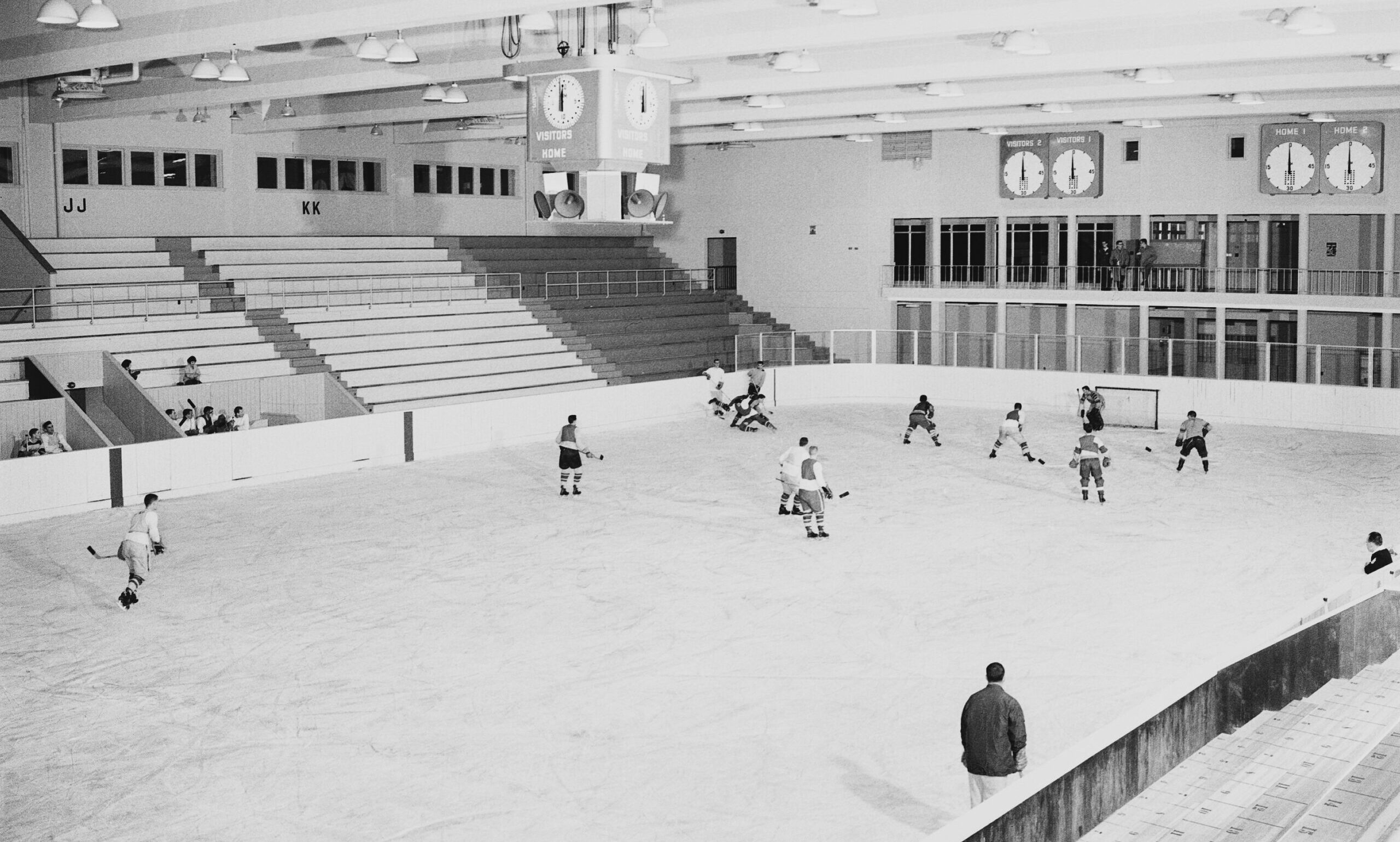Few sports stir national pride like ice hockey does in Canada. But the story of this fast-paced, high-contact game stretches far beyond any one nation. With roots in Indigenous tradition and European influence, ice hockey has evolved into a global sport played by over a million people, watched by millions more, and contested at the highest levels of international competition. Here’s a look at the origins, evolution, and global reach of the sport.
Origins: Where Ice Hockey Began
While many believed ice hockey was a direct descendant of English field hockey and Indian lacrosse, new research points to the Mi’kmaq people of Nova Scotia, who played a hockey-like game on ice in the early 1800s using hurleys (sticks) and a square wooden puck. Influenced by Irish hurling, this early version of the sport spread across Canada via Scottish and Irish immigrants and British soldiers stationed in the country.
The name “hockey” likely comes from the French word hoquet, meaning shepherd’s stick. Early games were chaotic—sometimes featuring 30 players a side—and goals were simply two frozen stones.
“The first known use of a puck instead of a ball occurred in Kingston Harbour, Ontario, in 1860.”
Early Organization: Canada Codifies the Game
The first indoor ice hockey game was played in 1875 at Victoria Skating Rink in Montreal, featuring McGill University students. In 1877, McGill students created the first written rules, limiting teams to nine players per side.
By the late 1800s, hockey rivaled lacrosse as Canada’s national sport. The Amateur Hockey Association of Canada was formed in 1885, and leagues soon spread from Kingston to Montreal.
“Queen’s University defeated the Kingston Athletics 3–1 in Canada’s first championship game.”
The Stanley Cup: A Symbol of Hockey Greatness
In 1893, Canada’s Governor General Lord Stanley of Preston donated a silver cup to be awarded to the country’s top amateur hockey team. The Stanley Cup quickly became the sport’s most coveted prize.
By 1926, it was awarded exclusively to the National Hockey League (NHL) champion. Today, winning the Stanley Cup is seen as the pinnacle of professional hockey.
Going Pro: Hockey Spreads Across North America
Although professionalism was initially frowned upon, the first professional team was formed in Houghton, Michigan, in 1903. Canada embraced pro hockey in 1908 with the launch of the Ontario Professional Hockey League.
Key developments:
- NHA (National Hockey Association) formed in 1910
- PCHA (Pacific Coast Hockey Association) introduced innovations: forward passing, assists, and numbered uniforms
- NHL formed in 1917, becoming the premier league worldwide
The NHL added U.S. teams starting with the Boston Bruins in 1924, expanding across North America.
NHL Expansion & Innovation
From 1942 to 1967, the NHL had just six teams (“The Original Six“). In 1967, the league doubled to 12 teams, sparking rapid growth.
- 1972: The rival World Hockey Association (WHA) launched
- 1979: NHL absorbed WHA teams, becoming a 21-team league
- 2004–05: Entire season canceled due to lockout
- Today: 32 teams compete across Canada and the U.S.
NHL awards include:
- Hart Trophy (MVP)
- Vezina Trophy (top goalie)
- Conn Smythe Trophy (playoff MVP)
- Art Ross Trophy (top scorer)
International Hockey and Olympic Glory
The International Ice Hockey Federation (IIHF) was founded in 1908, and Canada won gold at the first Olympic tournament in 1920. International play remained amateur-only until 1998, when NHL players were allowed to compete at the Nagano Winter Olympics.
Major international milestones:
- 1920: First Olympic hockey tournament
- 1960s–1980s: Soviet Union dominates global hockey
- 1998: NHL players debut at Olympics
Women in Hockey: Breaking Barriers
Women have played organized hockey since the late 1800s. The first recorded women’s game was in 1892 in Barrie, Ontario. The sport gained international recognition with:
- 1990: First Women’s World Championship
- 1998: Women’s hockey added to the Olympics
- 2023: Launch of the Professional Women’s Hockey League (PWHL)
Ice Hockey 101: All You Need to Know About the Game
Discover the basics of ice hockey.
PWHL: All You Need to Know About Women’s Hockey
The PWHL, launched in 2023.
Conclusion: A Canadian Invention, a Global Passion
From its humble beginnings on frozen ponds to multimillion-dollar arenas, hockey has grown into a sport that represents toughness, teamwork, and tradition. What started in rural Canada now lives on in rinks around the world, capturing hearts with every slapshot, save, and face-off.
Whether you’re watching the Stanley Cup Finals or cheering on Team Canada at the Olympics, the pulse of hockey is a shared story—one that blends history, community, and global passion.
Who invented the game of ice hockey?
The invention of ice hockey is a blend of influences rather than a single inventor. While British soldiers and immigrants helped spread early versions of the game in Canada, it’s widely believed that the Mi’kmaq (Micmac) people of Nova Scotia were playing a form of ice hockey in the early 1800s using wooden sticks and a puck. Over time, these informal games evolved into what we now recognize as modern ice hockey.
What is the history behind ice hockey?
IIce hockey traces its roots to a mix of Indigenous games, Irish hurling, and British field hockey. It began as a loosely organized game on frozen ponds and rivers in 19th-century Canada. By the 1870s, students at McGill University formalized the rules, and in 1893, the Stanley Cup was introduced. Professional leagues emerged in the early 1900s, with the NHL forming in 1917, eventually shaping hockey into the global sport it is today.
Did Black Canadians invent hockey?
While they did not invent hockey, Black Canadians—especially the community in Nova Scotia—played a significant role in its early development. The Coloured Hockey League, formed in 1895 by Black players in Halifax, was pioneering in its own right, introducing innovations like the slapshot and goaltender butterfly style well before the NHL adopted them.
Which country invented ice hockey?
Canada is widely credited with inventing modern ice hockey. While the game was influenced by European stick-and-ball sports, it was in Canada that hockey was first played on ice with skates, pucks, and organized rules. The country remains the spiritual and cultural home of the sport.
Was the NHL originally Canadian?
Yes and no. The National Hockey League (NHL) was founded in Montreal in 1917 and was initially composed entirely of Canadian teams. The first American team, the Boston Bruins, joined in 1924. While the NHL quickly became a North American league, its roots are distinctly Canadian.
Did Native Canadians invent hockey?
Indigenous peoples, particularly the Mi’kmaq of Nova Scotia, played a form of stick-and-ball game on ice long before the sport was codified. While modern hockey evolved through many cultural influences, Indigenous Canadians played a foundational role in its development.
What sport did Canada invent?
Canada is the birthplace of ice hockey as we know it today. While influenced by sports like hurling and field hockey, Canadians were the first to adapt the game to ice, write official rules, and organize competitive play. Canada also claims lacrosse as a national sport with deep Indigenous origins.
Did the Mi’kmaq create hockey?
Yes, modern hockey was born in Canada. Although similar games existed in Europe, the version played with skates, a puck, and formal rules originated in Canada in the 19th century. The first indoor game took place in Montreal in 1875, solidifying the sport’s Canadian roots.
References:





